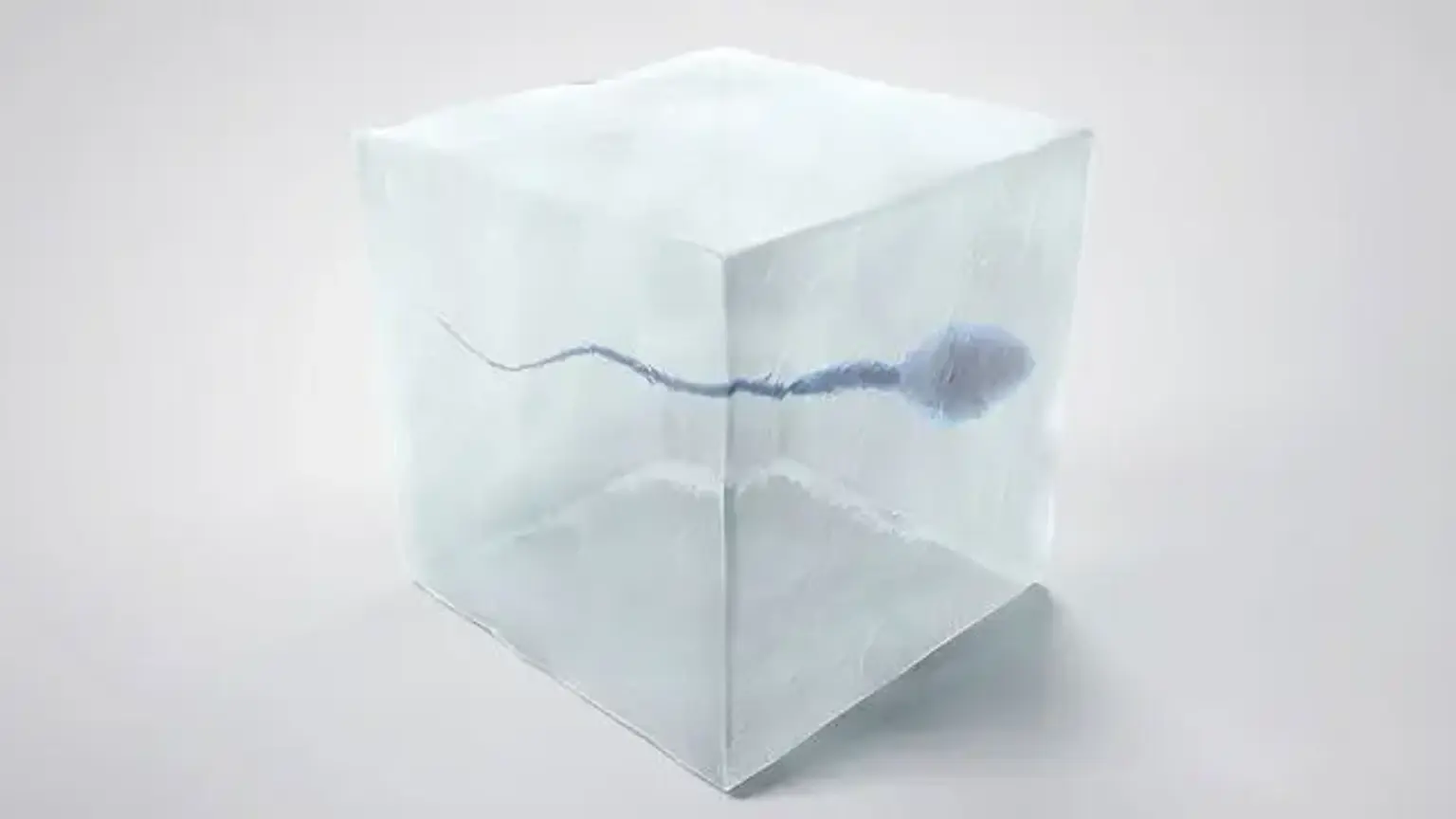Embryos Storage
Overview
Cryopreservation of embryos is the method of preserving an embryo at subzero temperatures, often at an embryonic stage equivalent to pre-implantation, i.e. from fertilization to the blastocyst stage.
In the 1980s, the first successful pregnancy resulted from freezing a viable embryo. Many individuals have frozen embryos and utilized them subsequently since then.
After embryo transfer, there are frequently excellent quality embryos left over after in vitro fertilization (IVF) or intracytoplasmic sperm injection (ICSI) therapy. Instead of discarding them, you can freeze them for later use (for example, if therapy does not work or if you want to try for a sibling).
